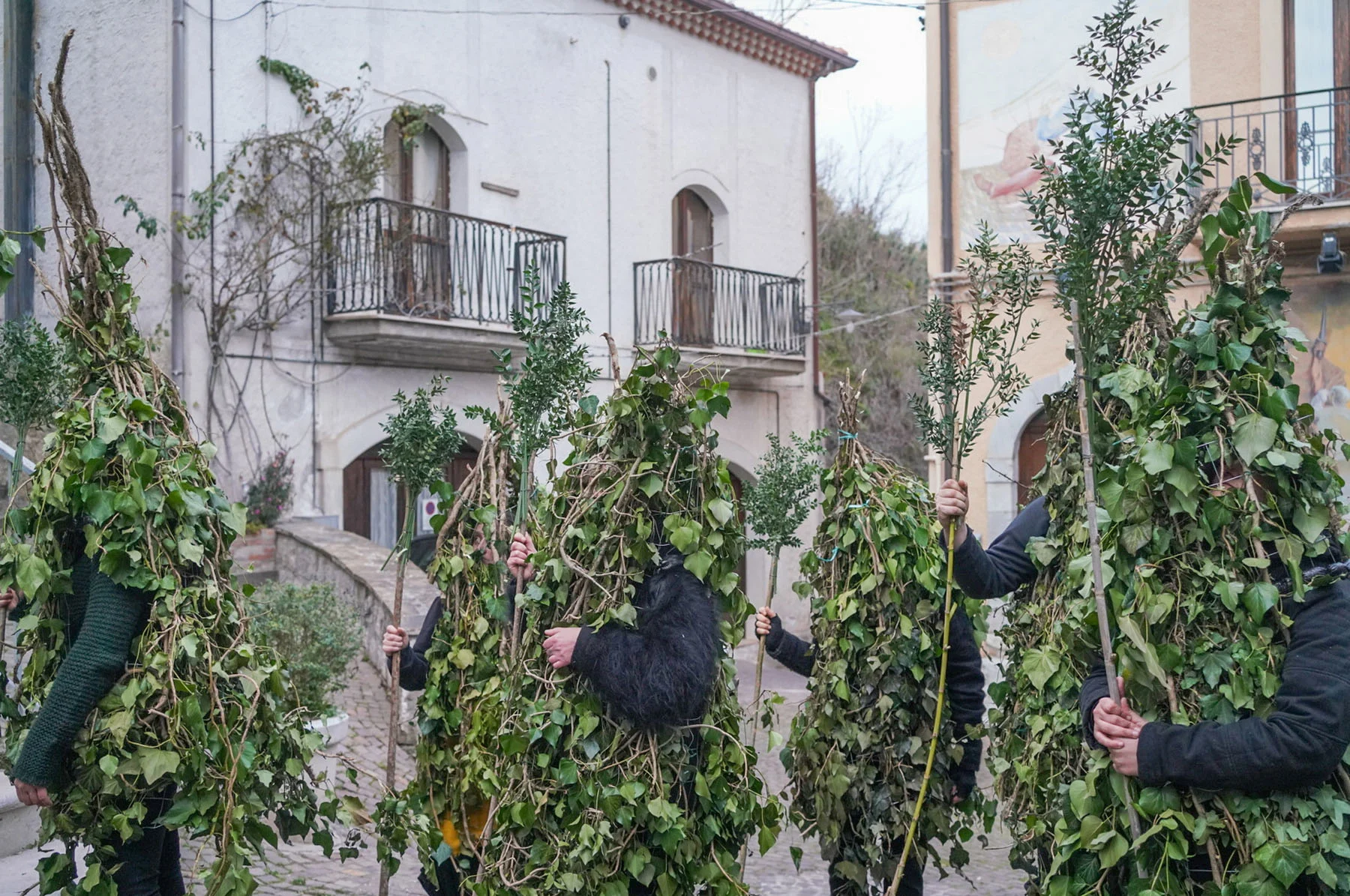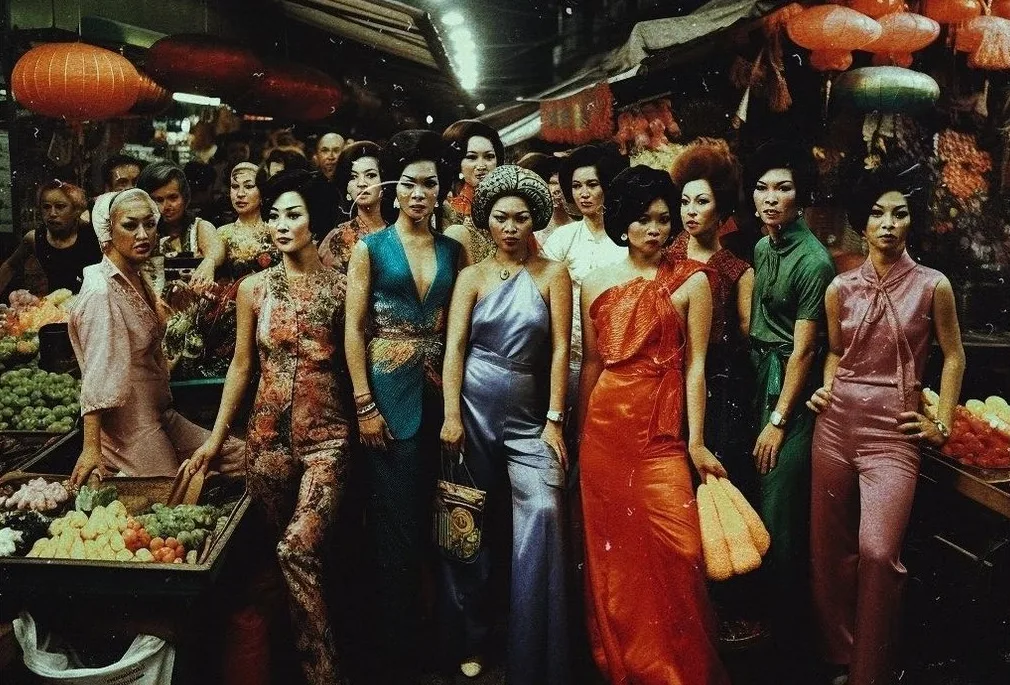

On the Guajira Peninsula in northernmost Colombia, the indigenous Wayúu people have, for the past four decades, been displaced since coal mining began on the land they have called home for generations. Colombian photographer Fernanda Pineda’s ongoing collaborative project aims to convey a version of their experiences, and introduce their story to the wider world. She tells Laura Havlin her ambition for this project to be a lesson on the value of community, and a beacon of hope.
Since extraction began on the land that connects them to their history, the Wayúu people of La Guajira say they have not only lost touch with important ancestral land and resources, but have also been affected spiritually. In a culture where dreams are significant and can contain messages from their ancestors, many have reported strange and disturbing dreams of what they call “Yolüja,” which translates as “evil spirit.” It appears for some as a shadowy figure, or a black dog, haunting them at night.

The “black dog” has long been a metaphor for depression, popularized as such when it was famously employed by British Prime Minister Winston Churchill. Identifying this shared visual metaphor, Pineda began a collaborative photographic dialogue with the Wayúu people—starting with one particular family, the Pushainas—to not only share their subjective experiences with the world, but offer up some ancient wisdom and methods for tackling shared issues.
This ongoing series is shot in black and white to reflect the color of coal dust in the environment and the ominous spirit that the Wayúu say haunts it, and shadowplay becomes a key character in conveying the experiences of the people there. “These shadows are created with the lamps or with the light that we get from the port,” Fernanda says, “and this kind of play with shadow and light helps to show the nightmare,” explains the photographer.


And in the daytime the dark specter still lurks. In this part of the world the sun is particularly strong, and shadows are part of the natural landscape. In one image the strong sunlight casts long shadows across the landscape as figures form a funeral procession. The clustered group appear small in the vast landscape, with shadows much bigger than their forms stretched out behind them. In another shot, taken later in the funeral process, ashes are cast back into their landscape of heritage, floating on the wind. Beyond this ritual of respect, there is also a dialogue between the Wayúu and their ancestors long passed. In a clear night shot, the bright stars become symbolic of the Wayúu’s long lineage, as elders gaze up to their forebears.


We are talking about a living culture. They are a community; they are moving together.
Pineda’s shots of the community conducting daily life and rituals in groups are significant, she says, because community is what keeps them going. “One focus of the project is to show we are talking about a living culture,” she says. “They are a community; they are moving together, so in the daytime you see shots of clusters, grouped in action.” Then at night, in the loneliness of sleep, “everything starts changing, and the nightmare appears.” During a collective desolation, they act together to support each other and honor their ancestors.
“This is something that they can bring to us,” she says, explaining that in many contemporary cultures, a sense of community has been lost, and the Wayúu can remind us to deal with challenges in society as a community. “I’m recognizing that they are asking me, ‘what is your community?’” she says, “and I’m still asking myself because now I know how important it is to have one, and they are showing that to us. So that’s the richness, that’s the wisdom.”

I’m recognizing that they are asking me, ‘what is your community?’
Pineda plans to return and further collaborate with the Wayúu, inviting them to share drawings of the Yolüja, working these into the images physically to more accurately convey their inner experiences. “I’m going to bring to the community my vision of everything they told me, and I want to put it on the table with them to see if this kind of intervention could be more aligned with the visions they are having,” she explains, believing this kind of collaborative approach will result in work that truly reflects the feelings they’re experiencing.
She’s also working on a film with her partner, Hanz Rippe, with whom she co-founded the Colombian production company Páramo Films. Together, they have built a portfolio of documentary short films focusing on Afro-Indigenous communities, Latin American culture, traditions, land and climate change in Colombia. They are now embarking, alongside the Pushaina family from the Wayúu community, on their first feature film “La Sombra de Yolüja.” They are currently developing a funding strategy to produce and complete the film between 2025 and 2027.

Pineda hopes her work will bring the experiences of the Wayúu people to the wider world. Ideally, they hope their story will reach Europe, where people have benefited from the coal. But there is another dialogue Pineda says the Wayúu could have with the people there. The “black dog” visits people everywhere, people who also struggle to see how the relentless pursuit of progress has enriched their lives. Pineda, and the community she has collaborated with, hope this work will hold a mirror up to that and show how community can be a force for healing.
“It’s also important to me that it represents hope,” says Pineda, “I have hope that it’s not a hopeless situation. We all have hope that it can be more equal, that there can be more justice in the world.”

